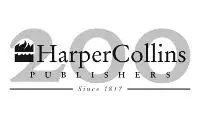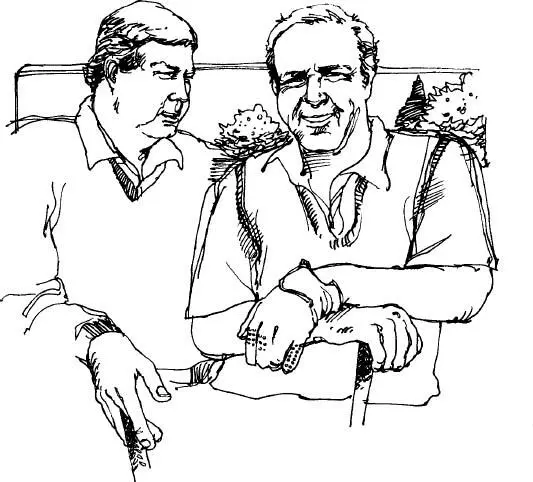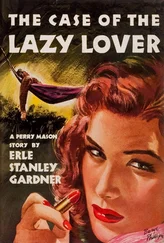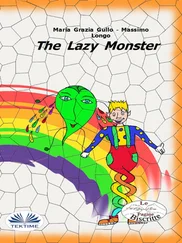


COPYRIGHT Copyright Foreword 1. A Typical Weekend Fourball 2. The A to Z of Equipment Distance or Control – That is the Question The Right Mix of Materials Green Lies The Saville Row Option Club Combinations Balls for All Needs 3. The Lazy Golfer’s Swing Technique The Classic and The Not So Classic Swing Supertips from Top Pros GASP Comfort Zones Swing Reflexology 4. Remedies For Slice and Hook The Wrong Place at the Wrong Time The Reverse Pivot Spine Jerkers and Others Hook as You Stand 5. The Easy Approach Making a Pitch The Gentle Roll Chips Anyone? 6. Escape From The Sand Sweeping the Long Shots The Gentle Splash How Far Behind, Open or Hard? Up and Down in Two 7. The Final Stroke Square to Square The Sweet Spot Speeding over the Breaks The Writing on the Green 8. The Game Plan No More Guesswork Tactics from Green to Tee Score on the Odd Pars Never Give Up 9. Matchplay: The Lazy Golfer’s Game Win Slowly Seven Mistakes a Round Nerves and Jitters Playing as a Team Lose One, Win One 10. Practice For Fun Know Yourself Trials and Try-outs Great Games to Score Practising on the Course Index About the Author About the Publisher
HarperCollins Publishers Ltd.
1 London Bridge Street
London SE1 9GF
www.harpercollins.co.uk
Copyright © Peter Alliss and Mike Wade 1995
Peter Allis and Mike Wade assert the moral right to be identified as the authors of this book.
A catalogue record for this book is available from the British Library.
Illustrations by Bruce Allard
All rights reserved under International and Pan-American Copyright Conventions. By payment of the required fees, you have been granted the nonexclusive, nontransferable right to access and read the text of this ebook on-screen. No part of this text may be reproduced, transmitted, downloaded, decompiled, reverse-engineered, or stored in or introduced into any information storage and retrieval system, in any form or by any means, whether electronic or mechanical, now known or hereafter invented, without the express written permission of HarperCollins ebooks
HarperCollins Publishers has made every reasonable effort to ensure that any picture content and written content in this ebook has been included or removed in accordance with the contractual and technological constraints in operation at the time of publication
Source ISBN: 9780002187084
Ebook Edition © December 2016 ISBN: 9780008240509
Version: 2017-01-10
CONTENTS
Cover
Title Page
Copyright
Foreword
1. A Typical Weekend Fourball
2. The A to Z of Equipment
Distance or Control – That is the Question
The Right Mix of Materials
Green Lies
The Saville Row Option
Club Combinations
Balls for All Needs
3. The Lazy Golfer’s Swing Technique
The Classic and The Not So Classic Swing
Supertips from Top Pros
GASP
Comfort Zones
Swing Reflexology
4. Remedies For Slice and Hook
The Wrong Place at the Wrong Time
The Reverse Pivot
Spine Jerkers and Others
Hook as You Stand
5. The Easy Approach
Making a Pitch
The Gentle Roll
Chips Anyone?
6. Escape From The Sand
Sweeping the Long Shots
The Gentle Splash
How Far Behind, Open or Hard?
Up and Down in Two
7. The Final Stroke
Square to Square
The Sweet Spot
Speeding over the Breaks
The Writing on the Green
8. The Game Plan
No More Guesswork
Tactics from Green to Tee
Score on the Odd Pars
Never Give Up
9. Matchplay: The Lazy Golfer’s Game
Win Slowly
Seven Mistakes a Round
Nerves and Jitters
Playing as a Team
Lose One, Win One
10. Practice For Fun
Know Yourself
Trials and Try-outs
Great Games to Score
Practising on the Course
Index
About the Author
About the Publisher

PETER ALLIS WITH ARNOLD PALMER.
FOREWORD
I’ve known Peter Alliss for almost 35 years. We first met in 1960 Open Championship at St Andrews and then played against each other in the 1961 Ryder Cup at Royal Lytham. It was a terrific battle, which fittingly ended in a draw, and from then on our friendship grew.
Over the years, we have often discussed the great game of golf in all its details. We both agree that the average club golfer makes it much more difficult than it is. For one thing, he does not work at it, although in many cases the available facilities are not very generous and that discourages practice. But very few golfers have the right mental approach to the game, which brings success at club level in both medal and matchplay.
This is why this book is so important for the average golfer. Its sound instruction on clubs, swing problems (with ‘quick fixes’) and shotmaking techniques (from driving to putting) is very valuable. Its thoughtful advice on the mental side (especially on course management and matchplay tactics) is invaluable. All in all, it will help any golfer to improve his game quite dramatically.
Arnold Palmer
1

A TYPICAL WEEKEND FOURBALL
It is 09.48 on a sunny Saturday; the scene of a typical club fourball, almost anywhere in the world. On the first tee, Doug and Brian have been loitering around for four or five minutes, swishing the odd club and talking sotto voce about share prices. With one eye on the clock, as their starting time is 09.50 (where on earth are Matt and Bob?) they are also wondering if they will finish the round in time for a leisurely drink. The ritual session at the nineteenth is indispensable for all.
The ‘early birds’, an assorted bunch of club members who tee off often at first light (possibly because wives demand they are back in “reasonable” time for shopping, visits or even gardening) are well over the horizon. Moodily they watch the four in front criss-crossing the fairway in the mid-foreground at an agonisingly slow amble.
They turn at the squeak of a trolley behind. Matt puffs up followed closely by Bob, who is struggling into a sleeveless sweater. “Had to stop at the garage,” he says. “ Just in time, as usual.”
They toss their balls for partners, the two lying closest together playing together and Bob draws Doug, as he feels he does far too often. They are a well (or ill-) matched pair. Bob habitually slices, while Doug mostly has a horrendous hook (not surprising as you couldn’t hammer a nail in with his right hand under grip).

TOO MANY THOUGHTS CAN FREEZE THE SWING.
Читать дальше


















